Everything you need to know about introducing finger foods to your baby broken down by age (6-12 months). Plus a list of finger food ideas for you too!
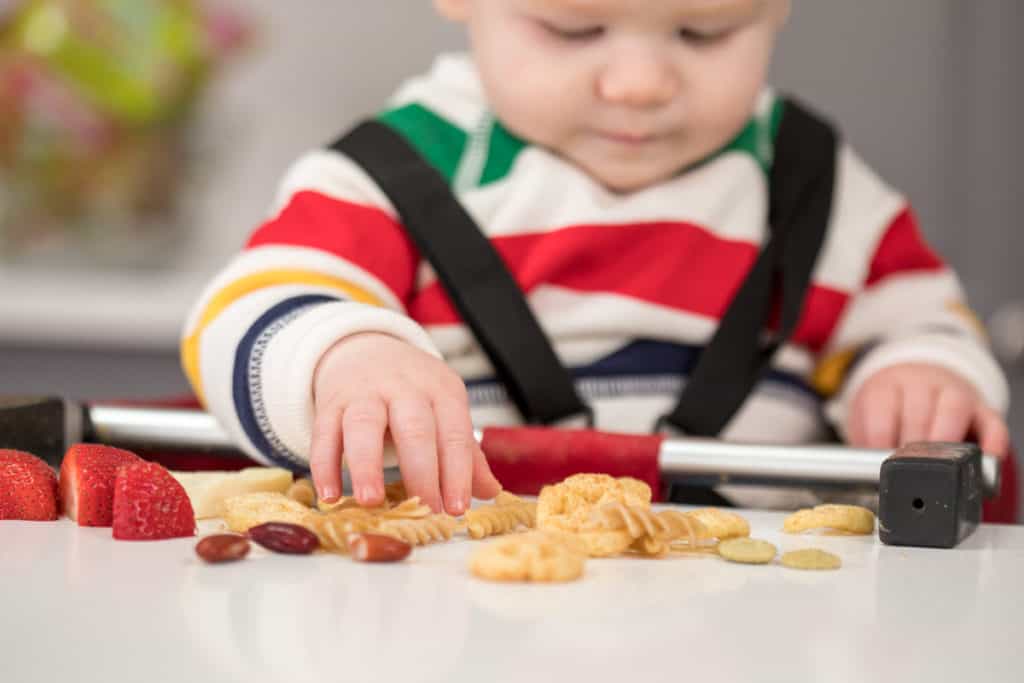
As parents of little ones, we all know that feeding babies can be fun, messy and maybe a little nerve wracking in the beginning. There’s a lot of conflicting messages out there about when to introduce finger foods to your baby and what the best first finger foods are for a baby. As a registered dietitian and nutritionist with a specialty in pregnancy, babies and kids, I’m asked about about self feeding and finger foods for babies all the time.
I have no doubt you’ve heard “you should start early–at 4 months” or “you’ve got to wait until 6 months” or “you should start with purees and then gradually feed lumpier textures” or “finger foods only–purees aren’t good anymore”. Yikes! It can be confusing! Don’t worry – I’ve got you!
In this post, I share helpful information about finger foods for babies of different ages, and answer the questions:
- At what age should you introduce solid food? 4 months or 6 months?
- How much breastmilk and/or formula should I be offering when solids are introduced?
- How can I tell that my baby is ready for solids?
- At what age should I introduce finger foods (and why)?
- Is self-feeding safe for babies?
- What are some choking hazards to avoid?
- What are the best finger foods for a 6-7 month olds?
- What are the best finger foods for a 8-9 month olds?
- What are the best finger foods for a 10-12 month olds?
- Some finger food recipes ideas
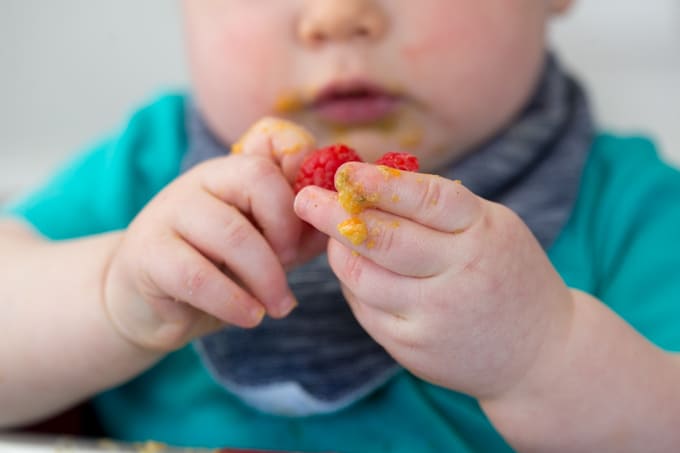
What’s the best age to introduce solids to baby? 4 months or 6 months?
Here’s an all-too-common scenario that I hear all the time: You’ve just been to your doctor for your baby’s 4-month checkup, and they say, “Okay, it’s time to introduce solids!” You look confused, because friends with babies have all said that they introduced solids at 6 months!” So, what do you do?
Nutrition is a science, and science changes based on new research, which is why there are slightly differing opinions on this subject.
- The World Health Organization, which makes health recommendations for the entire world, recommends that infants start receiving complementary foods at 6 months.
- The American College of Allergy, Asthma, and Immunology recommends starting solids between 4 and 6 months, and some doctors prefer to use this recommendation. The key here is to introduce allergens among the first foods you feed baby, whether it’s at 4 or 6 months. The data doesn’t seem to indicate that the risk of allergies is any higher if parents wait until 6 months.
There’s no doubt that almost all experts think it’s best to wait until at least 4 months to start solid foods. Introducing foods earlier (before 4 months) may increase the risk of eczema, celiac disease, type 1 diabetes, wheezing in childhood, and unhealthy pediatric weight gain.
Baby’s gag reflex hasn’t fully developed at 4 months, which puts them at an increased risk of choking, especially if you’re feeding anything other than thin purees. Their digestive tract has also not developed to the point of being able to digest the nutrients in real food either. That’s why I like the 6-month time frame better. If you do choose to introduce solids at 4 months, stick with a thin pureed consistency because of the above reasons.
But, don’t start too late: Starting solids later than 6 months (unless advised by baby’s pediatrician) might make the transition to real food more challenging and create picky eating issues. It also puts a breastfed infant at risk for iron deficiency anemia. This is why baby’s first solid foods should be iron-rich. Six months is the sweet spot.
How much breastmilk and/or formula should I be offering my baby when solids are introduced?
Breastmilk (and/or formula) provides 100% of baby’s nutrition up to the 6-month mark. Then they enter late infancy, which is a time of rapid growth and development, and breastmilk or formula alone don’t cut it anymore. (Breastmilk and/or formula will still continue to provide the bulk of your baby’s nutritional needs until they are 1 year old, though. The World Health Organization estimates that solid foods provide about one-fifth of a baby’s needs from 6 to 8 months, and then just under half of their needs from 9 to 11 months).
While there are some outliers, the majority of the guidelines and studies we’ve read say that a baby’s ability to manage and safely swallow solid foods is not fully developed before about 6 months, so that’s the age we recommend. What’s more important than the exact age is making sure your baby is ready for food. It may be a week or two earlier or later than 6 months—and that’s totally okay. All babies develop at different rates. Watch your baby’s cues and introduce solids when they are ready.
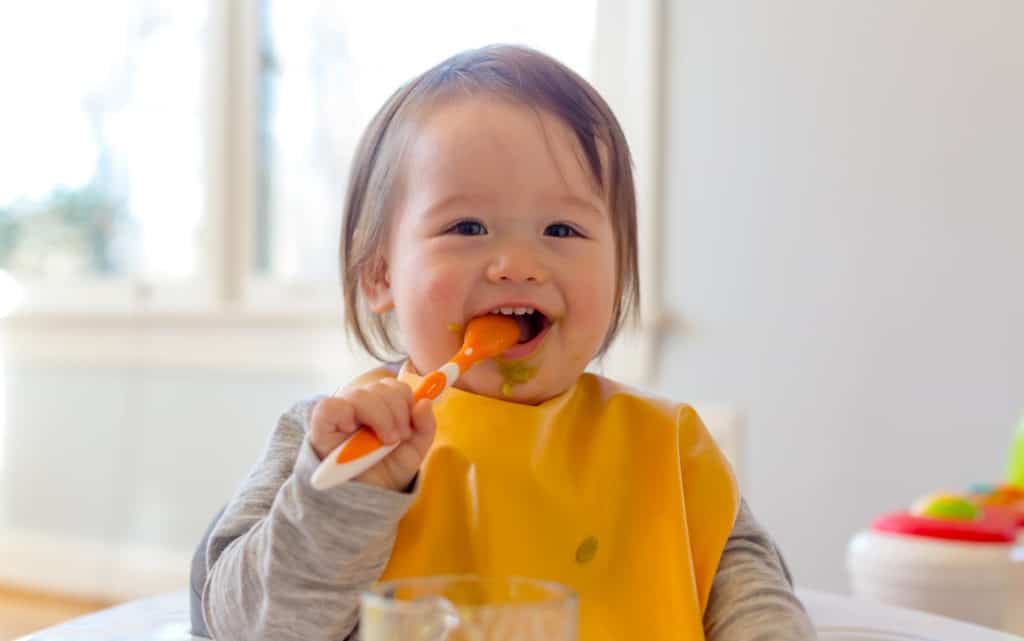
How can I tell if my baby is ready for solid foods?
More important than the exact age your baby starts solid foods (see above) is making sure your baby is ready for solid food. It may be a week or two earlier or later than 6 months, and that’s totally okay. All babies develop at different rates. Watch your baby’s cues and introduce solids when they are ready. Read more for the signs of readiness for solid foods.
At what age can I introduce finger foods?
Spoon-feeding or baby-led weaning? The next most popular (and controversial) question next to “should I breastfeed or bottle-feed?” The good news?! You don’t need to pick one or the other! In fact, I’m all about a combo! You can spoon-feed some foods, like yogurt, oatmeal, and pureed fruit (because why not—we adults use a spoon too! That’s normal!), and let your baby self-feed other foods, like toast strips, soft and safe fruits and veggies, and grated cheese. The most important thing, whether you’re spoon-feeding or practicing Baby-Led Weaning (BLW) aka strictly finger foods, is that you’re feeding responsively. This means that feeding is always baby-led. That’s one of the nice parts of letting baby self-feed or practicing BLW–baby is 100% in charge of what they eat off of their tray, how much they eat and how fast they eat.
You can start introducing soft, safe finger foods at 6 months of age. This is when babies are developmentally and physically ready to practice self-feeding! Learn all about baby-led weaning in my comprehensive guide.
Check out my video below where I share my top tips for starting solids (and where my adorable nephew William gets to taste test (and devour) finger foods:
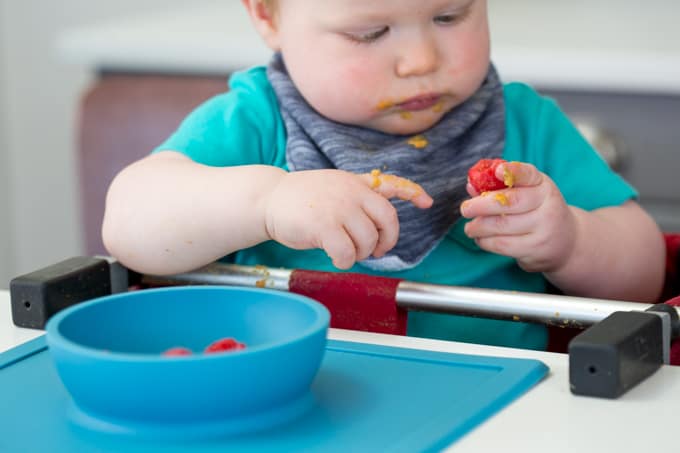
Is self-feeding or Baby-Led Weaning safe for my baby?
Will they get enough nutrition?
Nutrition experts (and parents) worry about adequate iron intake if you choose baby-led weaning. Iron-rich foods such as red meat, fish, legumes, and eggs are important for babies over 6 months of age, because their iron stores have been depleted. Babies who are fed using baby-led weaning may fall short of iron, which puts them at risk for iron deficiency anemia. It’s a bit more challenging to ensure baby receives enough of this nutrient when they’re exclusively self-feeding. Quite simply, they may not pick up and eat those strips of meat or pieces of scrambled egg. And you certainly don’t want to force it! To help make sure that you’re serving iron-rich foods at least twice a day, and try adding iron-fortified infant cereal into things like muffins, teething biscuits, and other finger food recipes too. Here are 5 ways to use iron-fortified cereal for baby-led weaning!
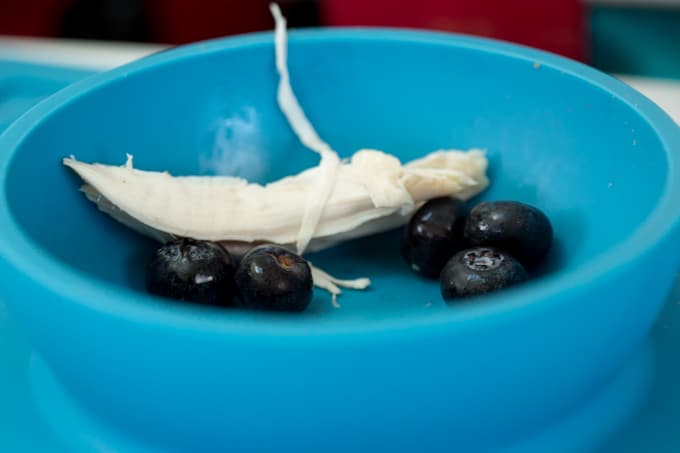
Does Baby-Led Weaning (letting baby self-feed with finger foods) increase the risk of choking?
A common concern is that baby will choke on solid foods. Now, choking is serious business, and I would never recommend a practice that was dangerous in any way. Often, though, choking gets confused with gagging—which is completely normal. Gagging is extremely common when babies are starting solids. The gag reflex keeps larger food pieces out of the wind pipe and near the front of the mouth, only allowing very well-chewed foods to the back to be swallowed. It’s a safety mechanism to prevent choking! To be safe, make sure that you have taken your infant CPR and First Aid and make sure that you’re offering baby the proper textures when it comes to finger foods and age/stage (see below!).
Choking hazards to avoid
Your baby’s air pipe is about the width of one of their finger nails, so it’s important to serve foods in the right size and texture. Not to worry, because I have a comprehensive list of choking hazards to avoid and alternative ways of serving them to keep baby safe.
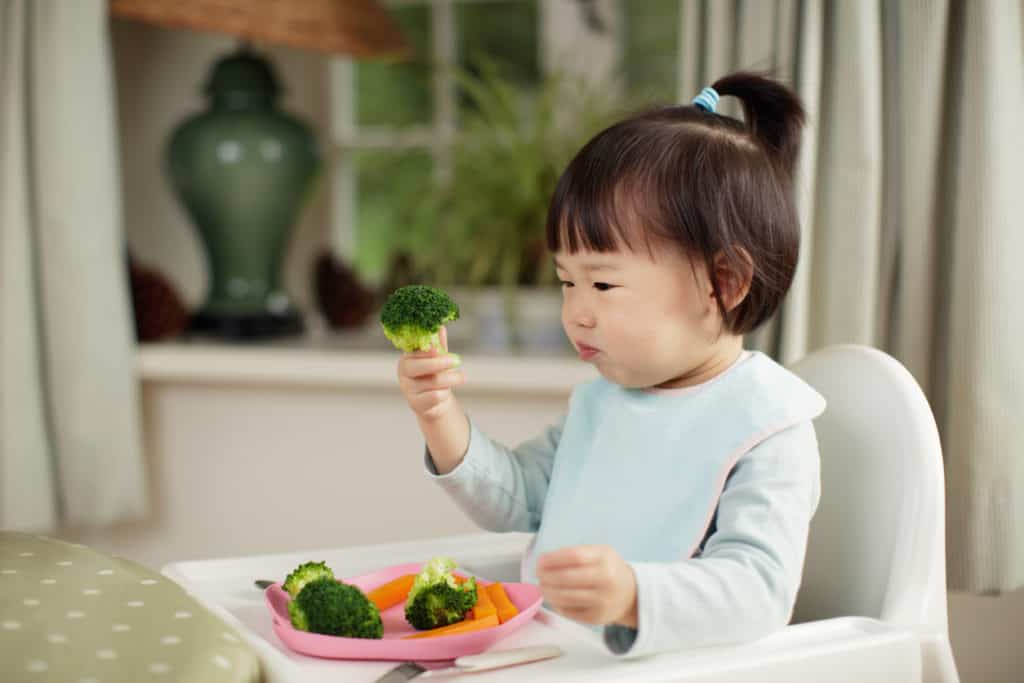
Safe finger foods for 6 to 7 months of age
- Soft, slow-cooked, and shredded or pressure cooked meat, poultry in larger pieces for easy grasp (or pureed)
- Cooked and deboned and soft, low mercury fish
- Cooked ground meat made into soft meatballs or patties
- Well-cooked eggs (scrambled), or homemade omelet strips
- Mashed or pureed beans, lentils or chickpeas
- Soft fruit such as banana or avocado
- Steamed and soft cooked or cooked and mashed vegetables like sweet potato, peas, squash
- Very thinly sliced (the width of baby’s pinkie nail) and peeled and steamed apple, carrot, zucchini
- Nut or seed butter, spread thinly on whole grain toast strips
- Thinly sliced or grated cheese
- Plain and full-fat yogurt or Greek yogurt
- Whole grains like quinoa, barley, or oats
Safe finger foods for 8-9 months of age
- Small pieces of soft-cooked meat, fish, poultry
- Grated raw fruits and vegetables such as peeled apple, pear, carrot
- Smaller pieces of steamed, soft and peeled vegetables
- Soft-cooked and mashable beans and legumes
- Bite-sized cooked pasta
- All foods mentioned in previous stage
Safe finger foods for 10 to 12 months of age
- Cooked meat, poultry, fish cut into smaller pieces
- Smaller pieces of cooked vegetable, smaller pieces of soft fruit
- Mixed meals such as spaghetti, lasagna, soup, etc. without added salt
- Cheese cubes
- Every food mentioned in previous stages
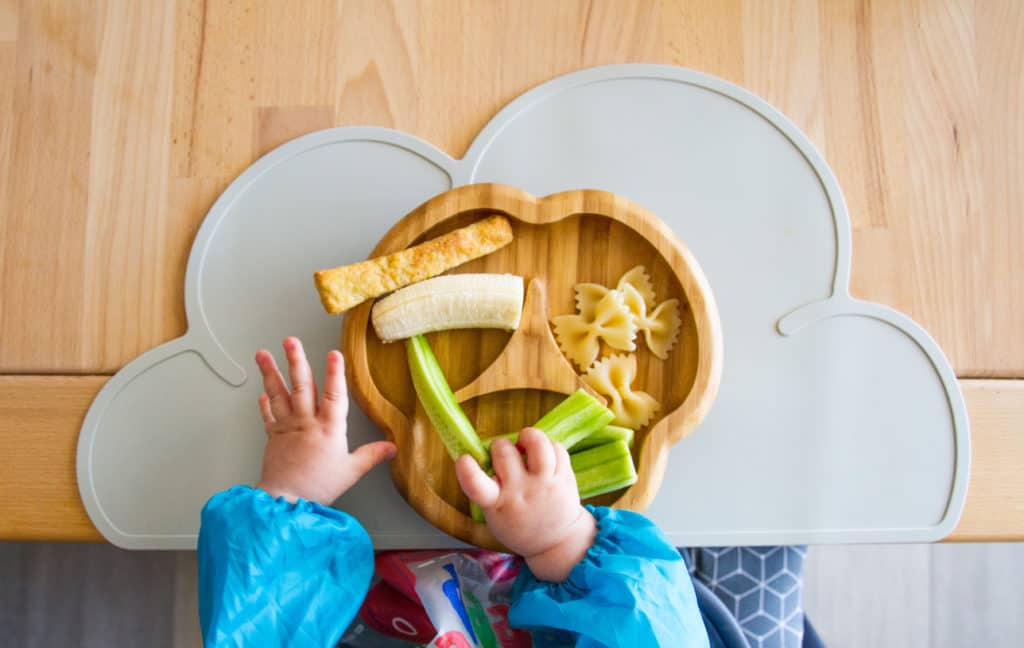
Some finger food recipe ideas
*please note: for any recipes with added salt or sugar, leave it out or minimize for baby
Baby-friendly fruity Cinnamon Cookies
Homemade iron-rich teething biscuits
Baby-friendly banana mini muffins
Bottom line is this: babies need to be exposed to a variety of foods, tastes, and textures within the first few months of starting solids–including soft, safe finger foods. It’s safe to allow your healthy baby to self-feed right from six months (and there are many benefits to this!) and it’s important to include baby in family meals. No matter how you’re feeding your baby (or allowing them to self-feed), it’s important that ALL feeding is baby-led, meaning that you follow their cues, letting them lead and letting them be in charge of how much they eat, and at what pace they eat. Focus primarily on real, whole unprocessed foods, and when it comes to convenience baby foods, be really selective. Read ingredients lists and compare different products, looking for quality whole-food nutritious ingredients that you recognize.
Happy feeding!
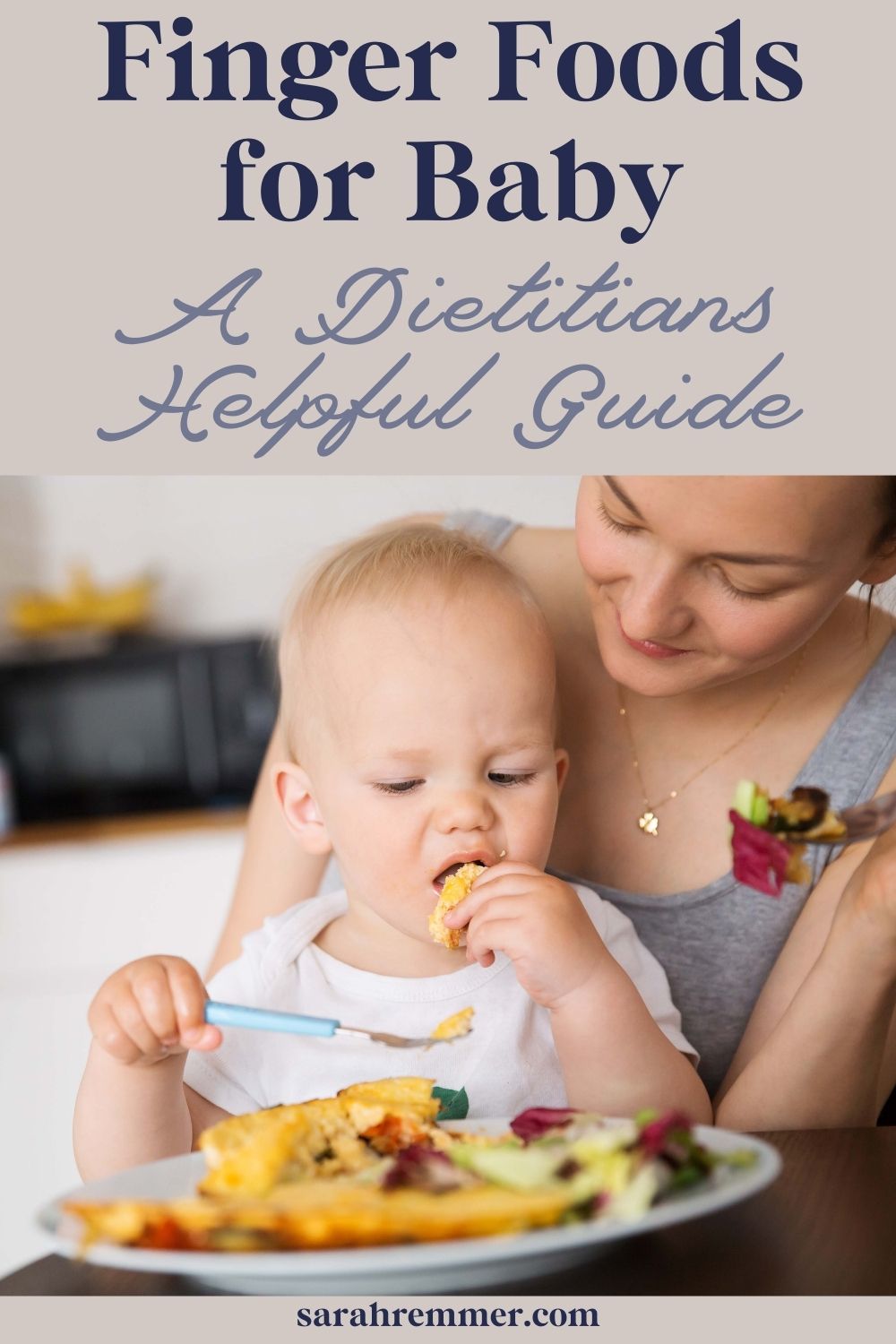

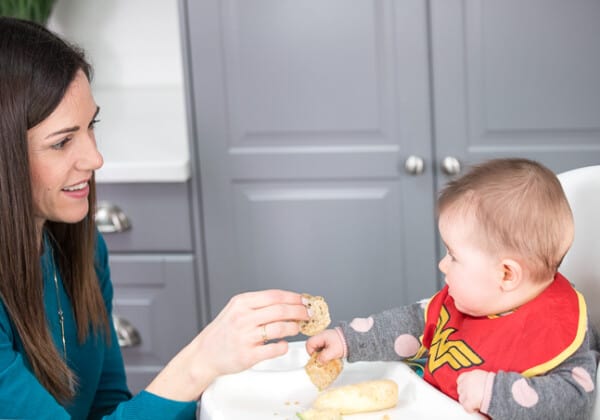
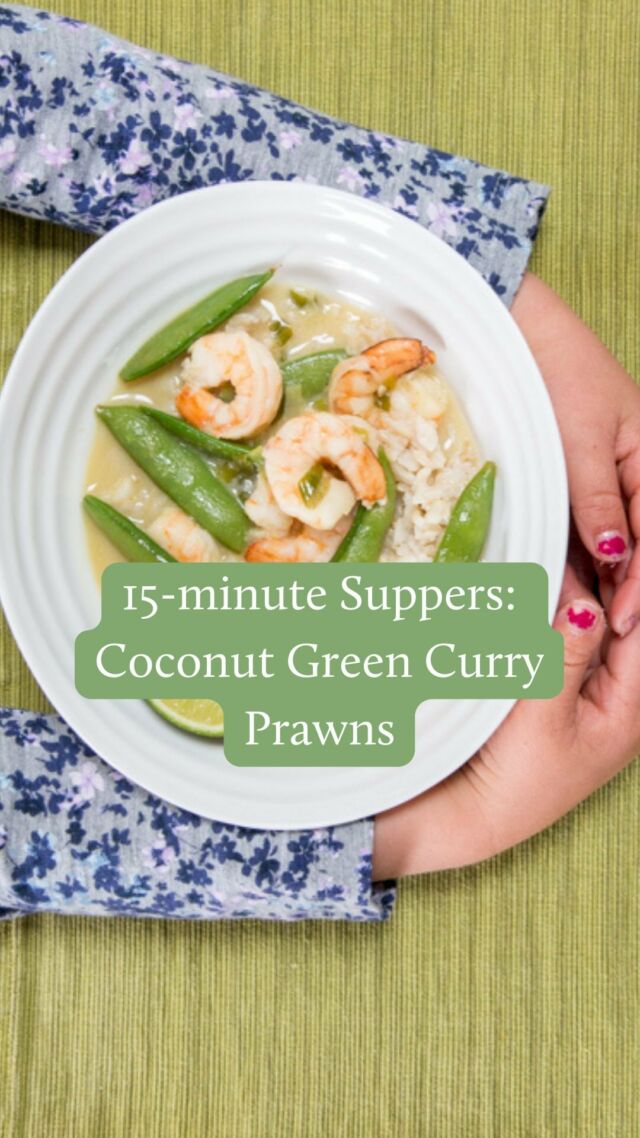
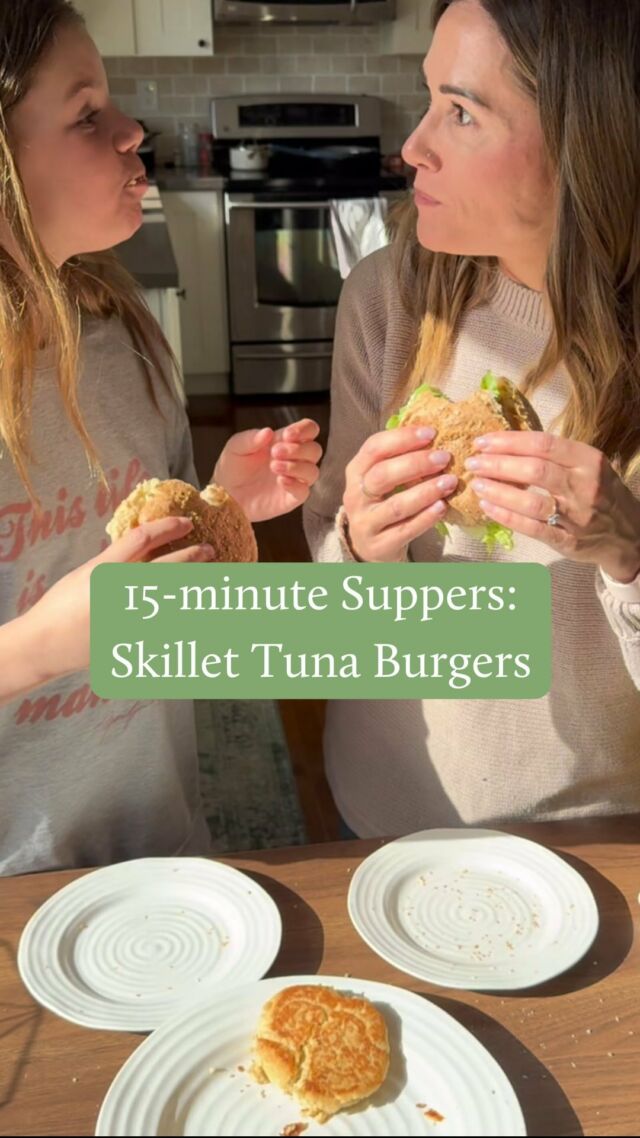
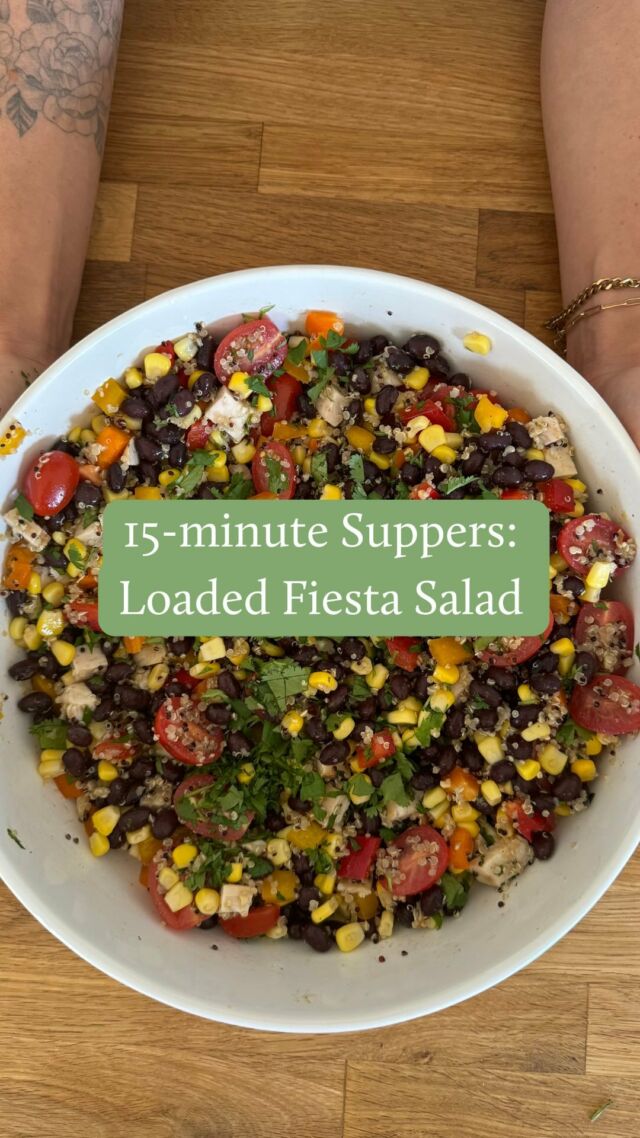
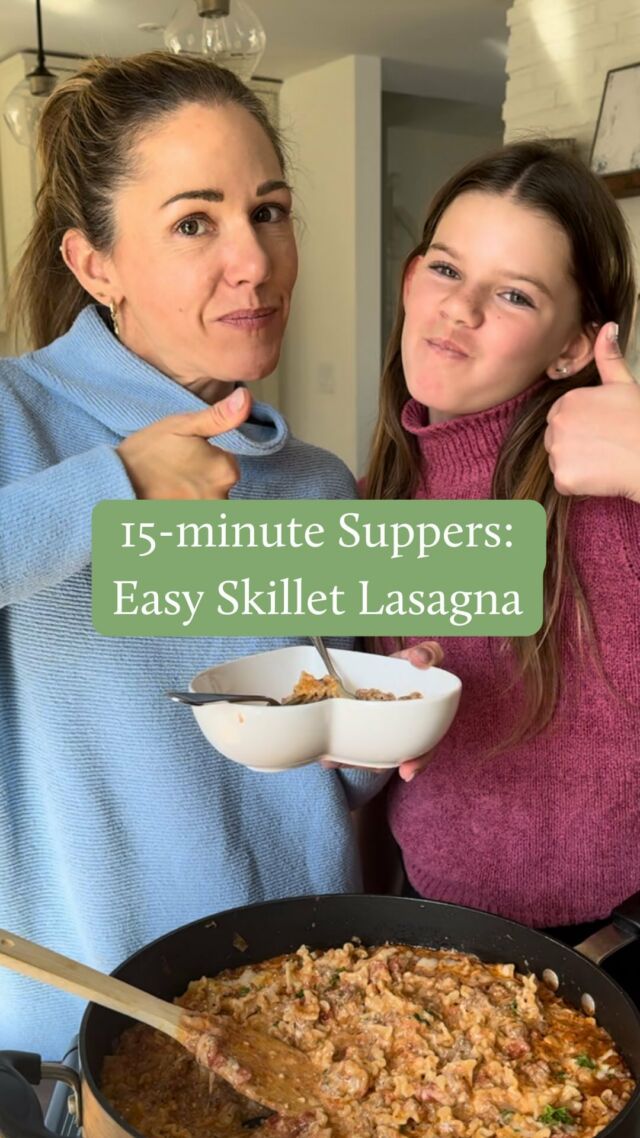


Comments
Christina Clanton says
Thanks for sharing this helpful information. I’m sure most people can take notes from this article. One thing most people lack experience in choosing finger food for baby. Naturally baby not like feeding this why it is important to choose the perfect finger food for feeding. Well, this post gives us some good ideas to choose the perfect finger food for feeding.
cake lover says
nice tips and thanks for sharing with us
Amy Gorin says
These are some great tips. I’ll have to pass them along!
Kara Lydon says
Great post and information!
Erin Palinski-Wade says
What great information! As a mom of 2 and a dietitian I still find it stressful to start feeling my baby. This is so helpful